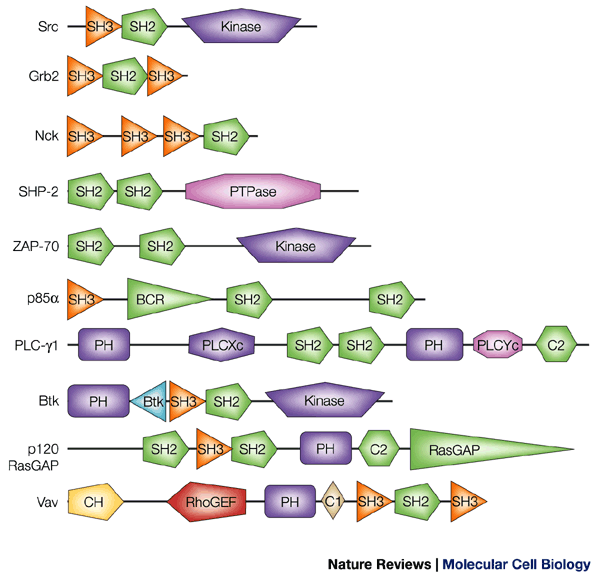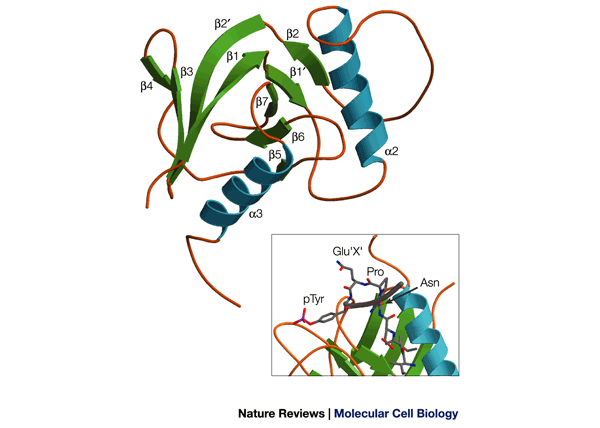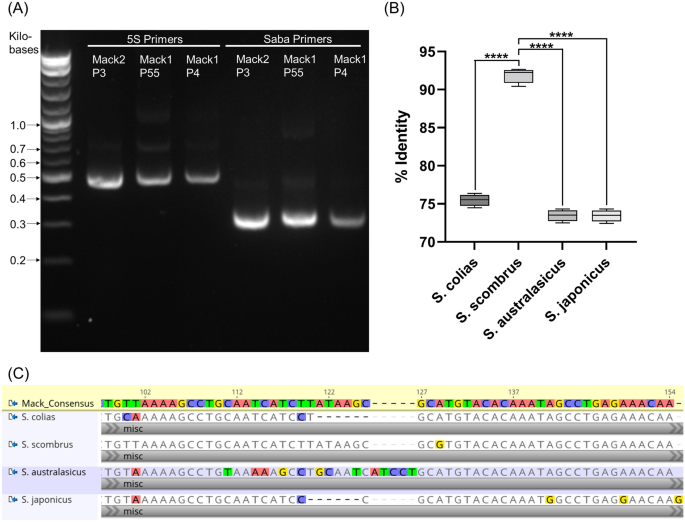
Continuous fish muscle cell line with capacity for myogenic and adipogenic-like phenotypes | Scientific Reports
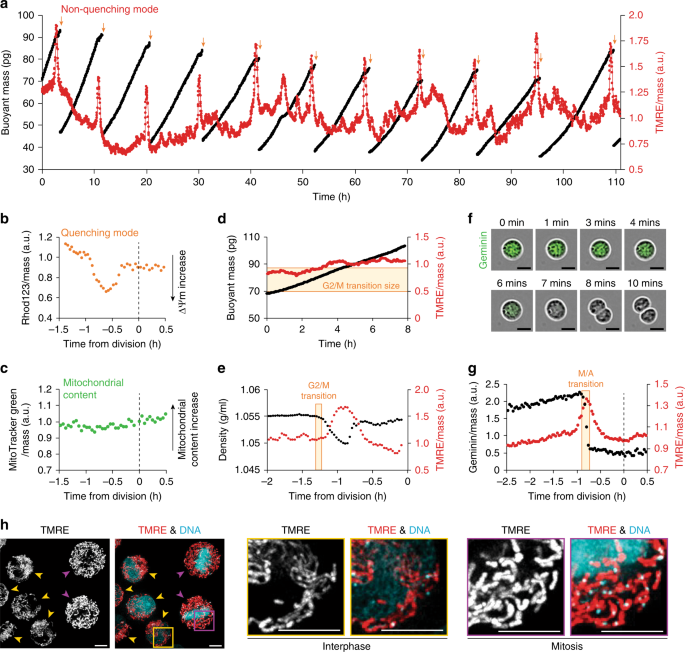
Monitoring and modeling of lymphocytic leukemia cell bioenergetics reveals decreased ATP synthesis during cell division | Nature Communications

Neuronal differentiation and cell-cycle programs mediate response to BET-bromodomain inhibition in MYC-driven medulloblastoma | Nature Communications
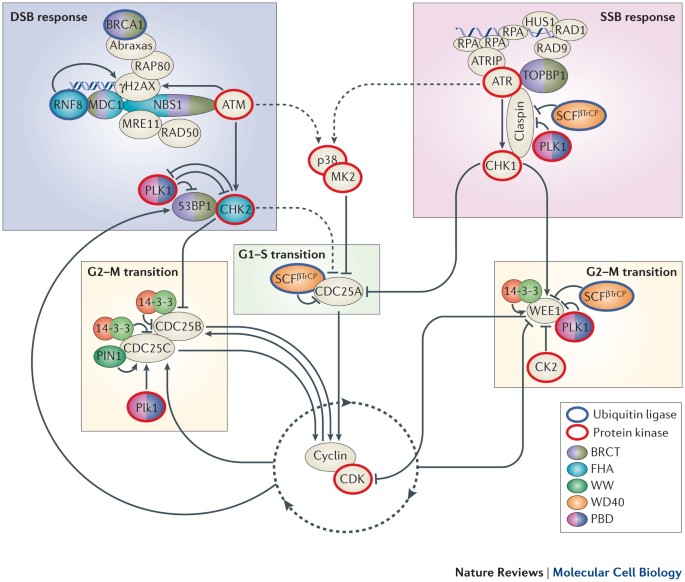
Phospho-Ser/Thr-binding domains: navigating the cell cycle and DNA damage response | Nature Reviews Molecular Cell Biology
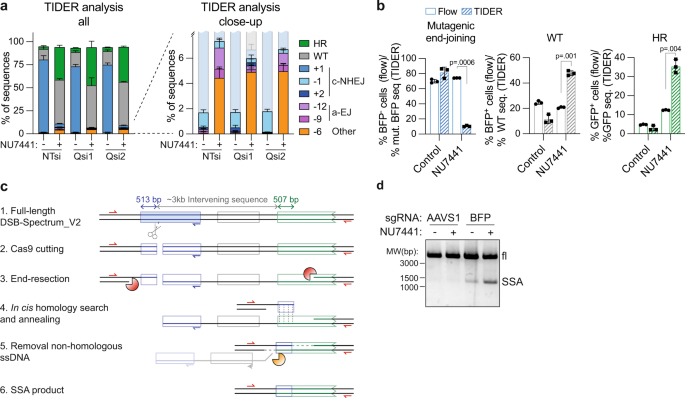
Multi-pathway DNA-repair reporters reveal competition between end-joining, single-strand annealing and homologous recombination at Cas9-induced DNA double-strand breaks | Nature Communications
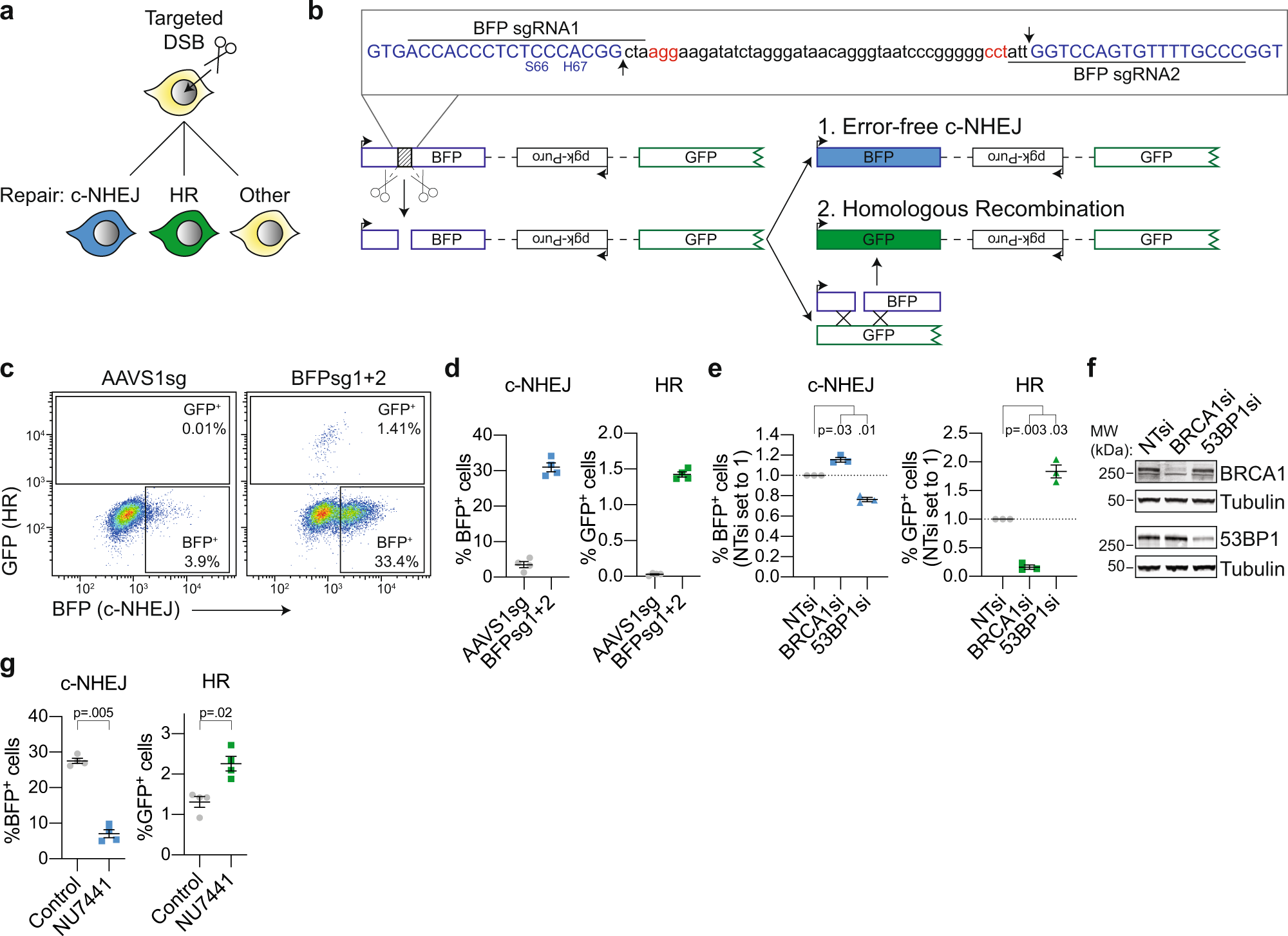
Multi-pathway DNA-repair reporters reveal competition between end-joining, single-strand annealing and homologous recombination at Cas9-induced DNA double-strand breaks | Nature Communications

Multi-pathway DNA-repair reporters reveal competition between end-joining, single-strand annealing and homologous recombination at Cas9-induced DNA double-strand breaks | Nature Communications

Multi-pathway DNA-repair reporters reveal competition between end-joining, single-strand annealing and homologous recombination at Cas9-induced DNA double-strand breaks | Nature Communications

Monitoring and modeling of lymphocytic leukemia cell bioenergetics reveals decreased ATP synthesis during cell division | Nature Communications

PDF) Formyl Peptide Receptor-1 Blockade Prevents Receptor Regulation by Mitochondrial Danger-Associated Molecular Patterns and Preserves Neutrophil Function After Trauma

Lagging strand gap suppression connects BRCA-mediated fork protection to nucleosome assembly through PCNA-dependent CAF-1 recycling | Nature Communications


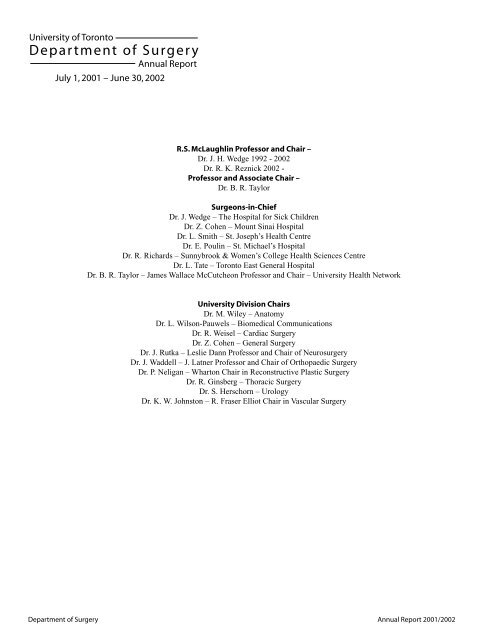

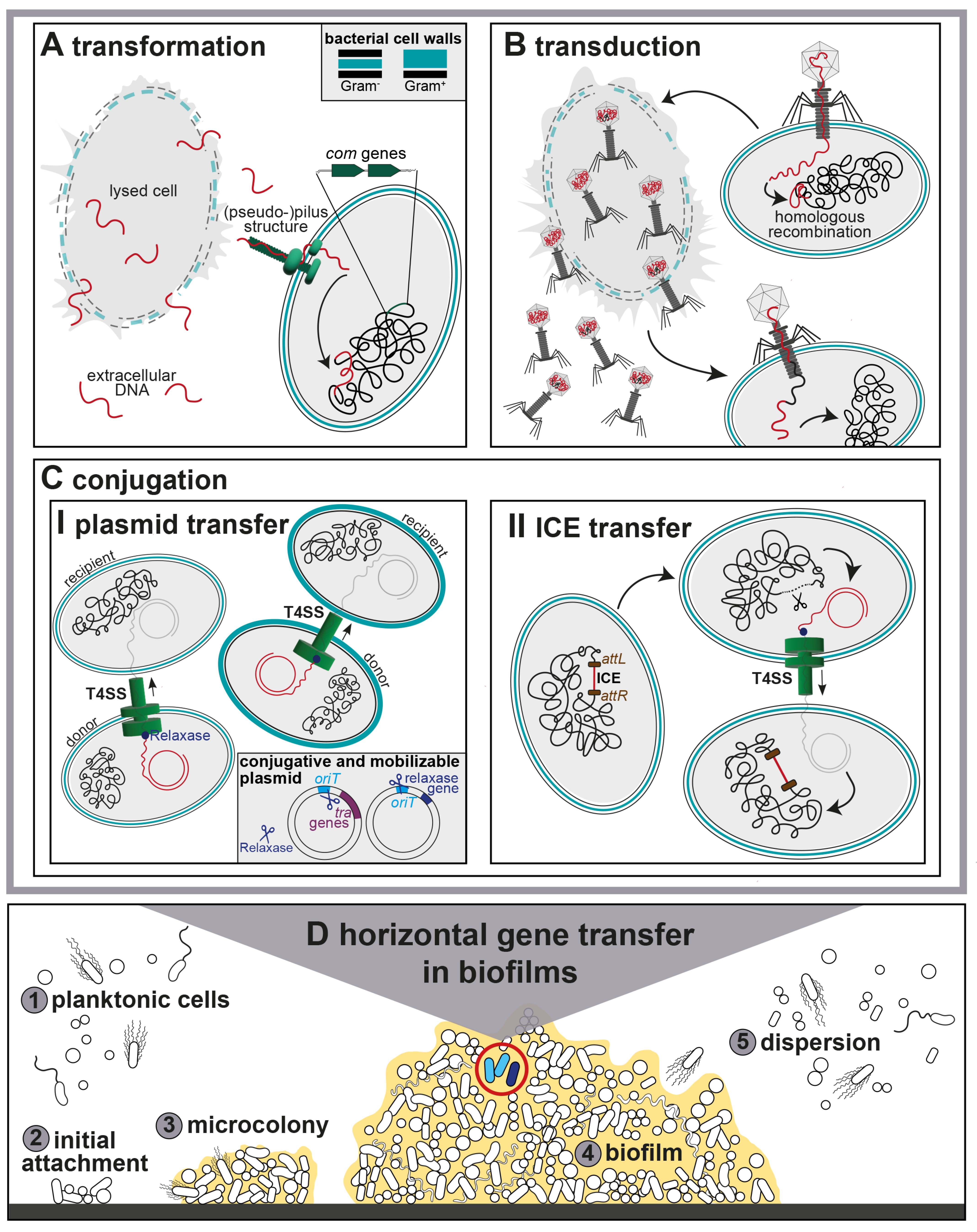
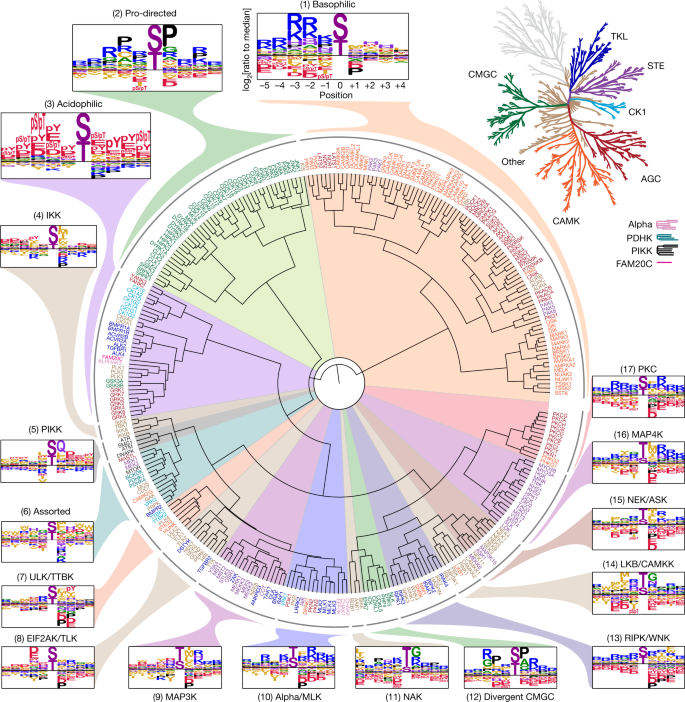


![PDF] 14-3-3 proteins, FHA domains and BRCT domains in the DNA damage response. | Semantic Scholar PDF] 14-3-3 proteins, FHA domains and BRCT domains in the DNA damage response. | Semantic Scholar](https://d3i71xaburhd42.cloudfront.net/b62aa5c93b94d1cefcbcfebb2bc9f958cd77cdad/18-Figure1-1.png)


